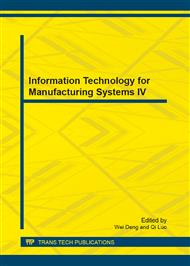p.138
p.144
p.150
p.157
p.163
p.168
p.173
p.177
p.181
Study of the Boundary Layer on a Plate Aerodynamically Induced by Multiple DBD Plasma Based on PIV
Abstract:
The boundary layer aerodynamic flow acceleration with one atmosphere uniform induced by multiple dielectric-barrier-discharge plasma actuation were studied based on PIV. Through double actuators alternating discharge, the multiple dielectric barrier discharge mode have been proposed and tested. The efficiencies of the plasma actuators in Pulsed-pulsed, Steady-steady, Pulsed-steady and Steady-pulsed discharge modes were explored. Based on the above results, the boundary layer flow acceleration performance of multiple plasma actuators has been discussed and the more efficient discharge pattern has been proposed. The results of this study indicate that the airflow acceleration effect of multiple plasma actuators mainly occurs in paraelectric direction and the pulsed-pulsed is the more efficient multiple plasma actuation mode.
Info:
Periodical:
Pages:
163-167
Citation:
Online since:
September 2013
Authors:
Keywords:
Price:
Сopyright:
© 2013 Trans Tech Publications Ltd. All Rights Reserved
Share:
Citation:


